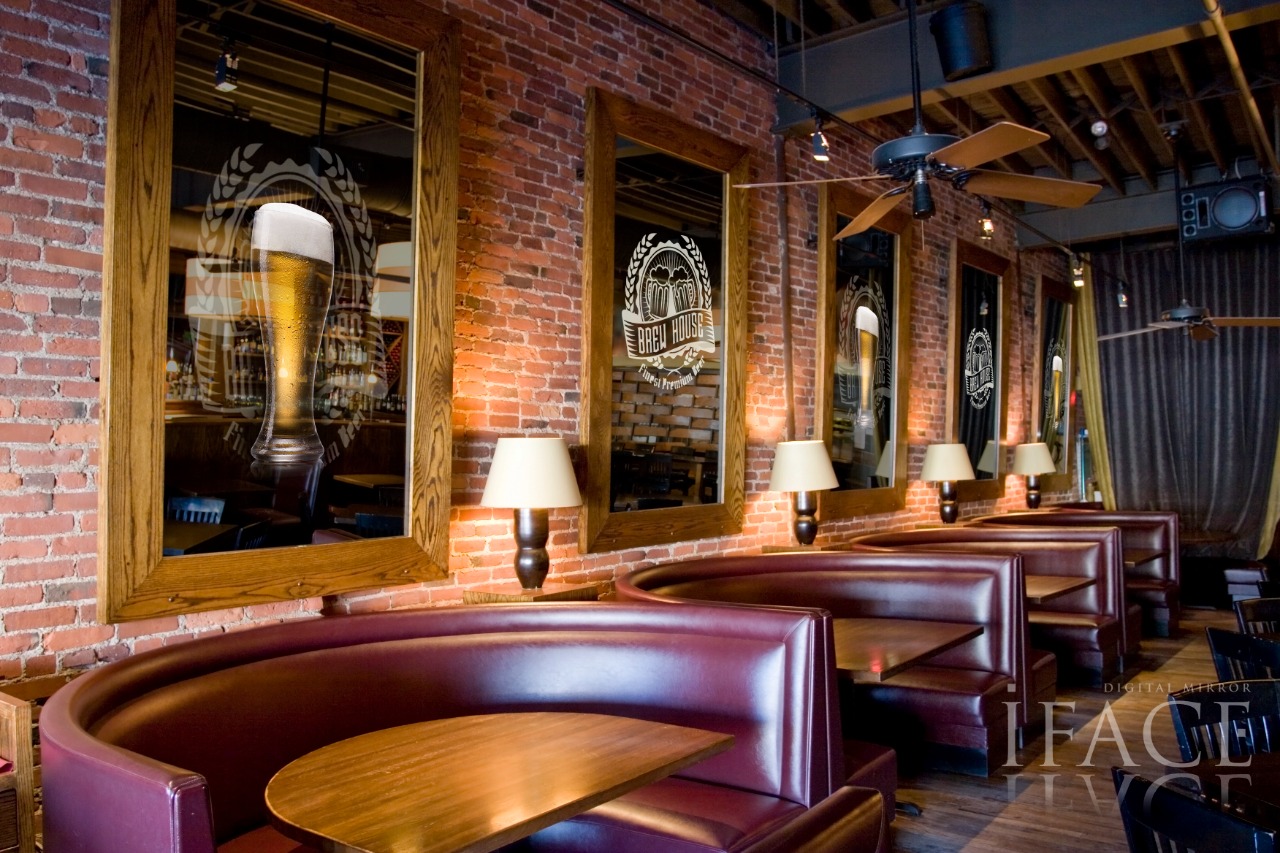Barbara Jarabik talking about luxury brands advertising methods after Covid-19 pandemic: Your marketing materials should also use aspirational language that emphasizes the quality and exclusivity of your products. This will create an emotional connection with customers and encourage them to buy your product. Use aspirational slogans, such as “the ultimate in luxury” or “beyond compare.” Be selective about your marketing channels. Not all marketing channels are created equal. Advertising in high-traffic luxury online magazines will be more effective than running adverts in those print publications which are suffering from declining traffic, so do your research thoroughly.

Don’t neglect customer service: When you step into a designer store like Burberry or Louis Vuitton, what’s the first question you’re often asked? “Would you like a glass of champagne or tea?” That’s how it’s done. Brands like these treat their customers like kings and queens. Offering champagne and having a lounge within stores also adds to the luxurious branding. It makes you feel like you’re in a completely different world. Loyalty and repeat purchases are huge components of a successful luxury business. Customers who come back to purchase new releases or existing products have very high average lifetime values. This is why you must treat them extremely highly and ensure they are 100% satisfied. As a matter of fact, 55% of consumers would pay to have a better customer service experience.
Facebook Ads are one of the most effective forms of online advertising, thanks to the high level of segmentation and targeting that you can do. You could, for example, target ads specifically to married 35 year old males from Paris who like the brands Prada, Gucci, and Versace. You can even go one step further and target people by what college they attend, where they work, what their job title is, what music they listen to, and much much more.
You’ve written ads to catch the eyes of affluent searchers. You’ve negated keyword modifiers that imply discounted pricing. Now let’s dive into income-based geo targeting. This is another truly phenomenal way to cut wasted spend and ensure the ads you’re paying for end up in front of the right people. How do you make that happen? Simple. According to Google, income-based location targeting is “based on publicly available data from the US Internal Revenue Service (IRS), advertisers are able to target ads to certain areas according to their average household income.” When you created a customer profile, detailing your ideal consumer, average household income was probably something you considered. It’s part of how you determine what you sell and how you sell it. Now you can leverage IRS data to help you to discover and advertise to these fine folks. And the best part? You can layer income-based targeting with your other location targeting for maximal effect. This means you don’t have to wholly exclude areas that fall outside of those designated as having higher household incomes; you can create separate campaigns (ensuring your budget is skewed towards geos in which the likelihood of your ideal prospects living there is greater) or just use bid adjustments.

Generally speaking, luxury brand websites are very stylish, but perform poorly when it comes to user experience and functionality. Take Dom Perignon’s website for example. Once you’ve completed a non-essential age verification page, you enter a slow loading flash site that takes about 13 seconds on a high-speed Internet connection to load. If you’re still around, you reach a website that’s very difficult and confusing to navigate. The Chanel website is very similar in that, while the colours and visuals are nice, the design is so unintuitive that it’s almost impossible to find what you’re looking for, let alone buy anything. Discover additional info on https://www.behance.net/barbarajarbik.
Digital signage mirrors are another way for luxury brands to advertise efficiently : The entire digital signage mirrors market was estimated at USD 780 million in 2021. The global market is expected to grow at a CAGR of 12.21% to reach USD 910 million by 2023. Digital signage mirrors can vastly increase individual efficiency by choosing outfits as per weather updates while also offering bus and train schedules (including traffic updates). Digital signage mirrors in smart homes, planes, commercial spaces, hotels, etc. are designed to be connected to users as well as with different devices around. Energy efficiency is one of the major advantages that will drive the adoption of digital signage mirrors.